Cleaning mold off floor joists
laurarex
13 years ago
Featured Answer
Comments (7)
jonnyp
13 years agoRelated Professionals
Citrus Park Kitchen & Bathroom Remodelers · Bethel Park Kitchen & Bathroom Remodelers · Portage Kitchen & Bathroom Remodelers · Tulsa Kitchen & Bathroom Remodelers · Clinton General Contractors · Hillsborough General Contractors · Leon Valley General Contractors · Signal Hill General Contractors · Palm River-Clair Mel General Contractors · Druid Hills Painters · Escondido Painters · Hartford Painters · Ladera Ranch Painters · Mastic Beach Painters · Shelton Paintersionized_gw
13 years agojonnyp
13 years agohandymanaustintexas
13 years agoMongoCT
13 years agoHU-850862545
5 years ago
Related Stories
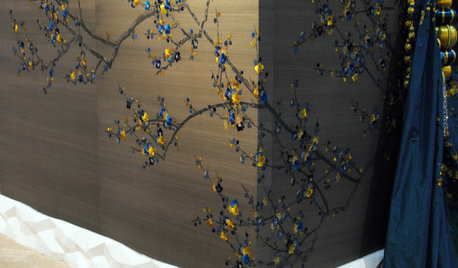
REMODELING GUIDESDesign Details: Moldings — or Not?
16 new and unusual ways to trim your doors, floors and ceilings
Full Story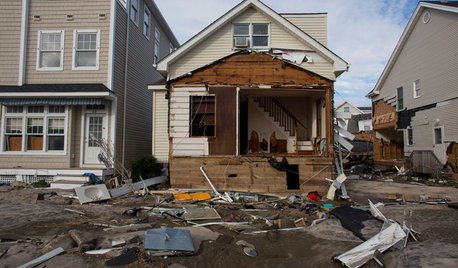
DISASTER PREP & RECOVERYHow to Combat Mold in a Flooded House
Before you rebuild or restore your water-damaged home, take these steps to keep mold at bay
Full Story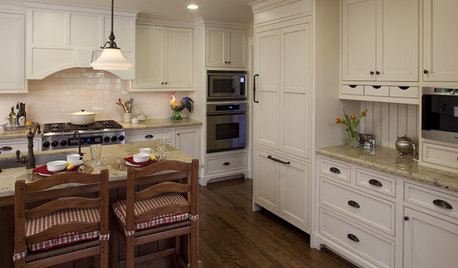
KITCHEN DESIGN9 Molding Types to Raise the Bar on Your Kitchen Cabinetry
Customize your kitchen cabinets the affordable way with crown, edge or other kinds of molding
Full Story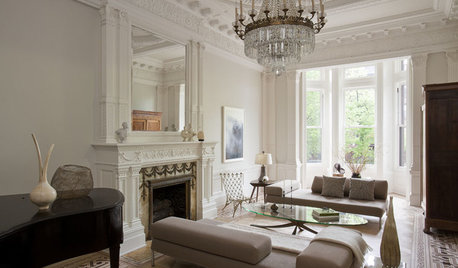
REMODELING GUIDESCrown Molding: Is It Right for Your Home?
See how to find the right trim for the height of your ceilings and style of your room
Full Story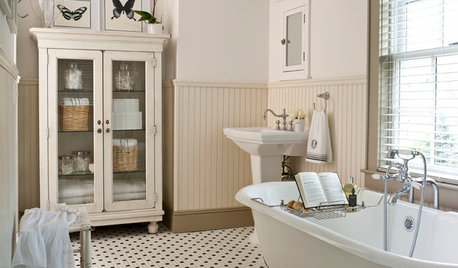
MOST POPULARMust-Try Color Combo: White With Warm Off-White
Avoid going too traditional and too clean by introducing an off-white palette that brings a touch of warmth and elegance
Full Story
REMODELING GUIDESOriginal Home Details: What to Keep, What to Cast Off
Renovate an older home without regrets with this insight on the details worth preserving
Full Story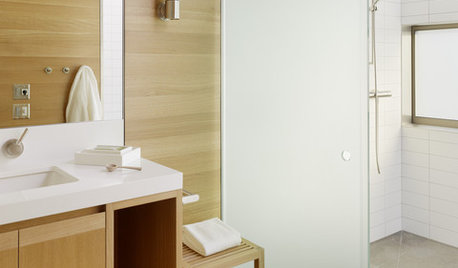
BATHROOM DESIGNGreen and Clean: Ecofriendly Bath Floors
Foot-massaging pebble tile, beautiful recycled glass and more can help make your bathroom beautiful and earth friendly
Full Story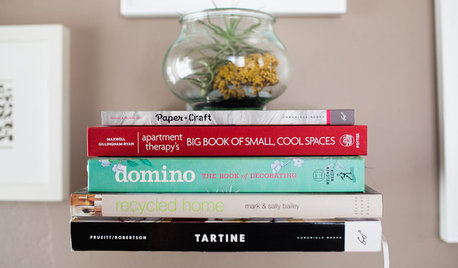
DECORATING GUIDES8 Reasons to Jump Off the DIY Bandwagon
You heard right. Stop beating yourself up for not making stuff yourself, and start seeing the bright side of buying from others
Full Story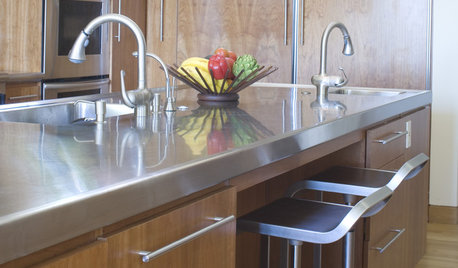
KITCHEN DESIGNDesign an Easy-Clean Kitchen
"You cook and I'll clean" might no longer be a fair trade with these ideas for low-maintenance kitchen countertops, cabinets and floors
Full Story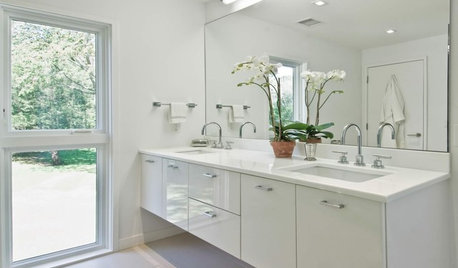
BATHROOM DESIGN13 All-White Bathrooms With Clean and Classic Style
Show immaculate taste in your bathroom with simply beautiful white walls, floors and finishes
Full StoryMore Discussions






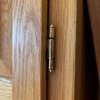
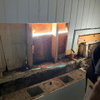

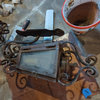
laurarexOriginal Author